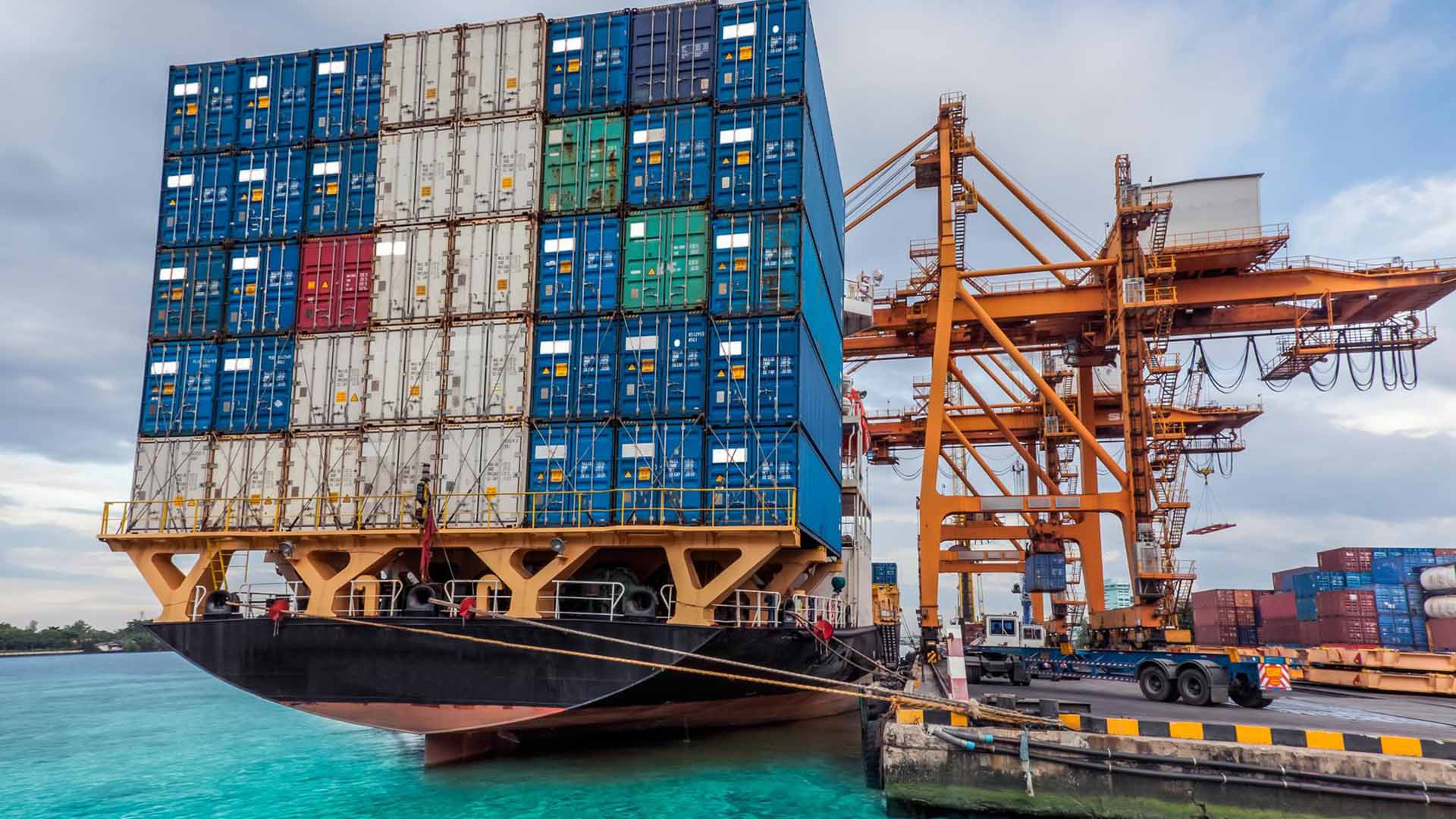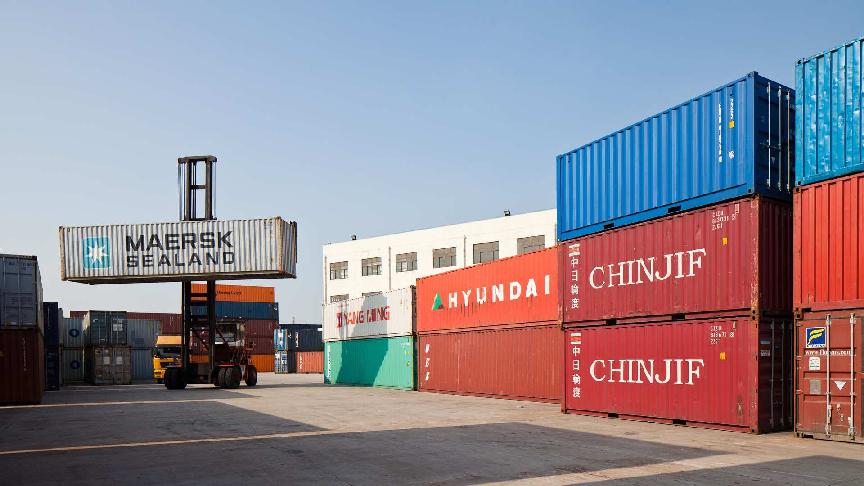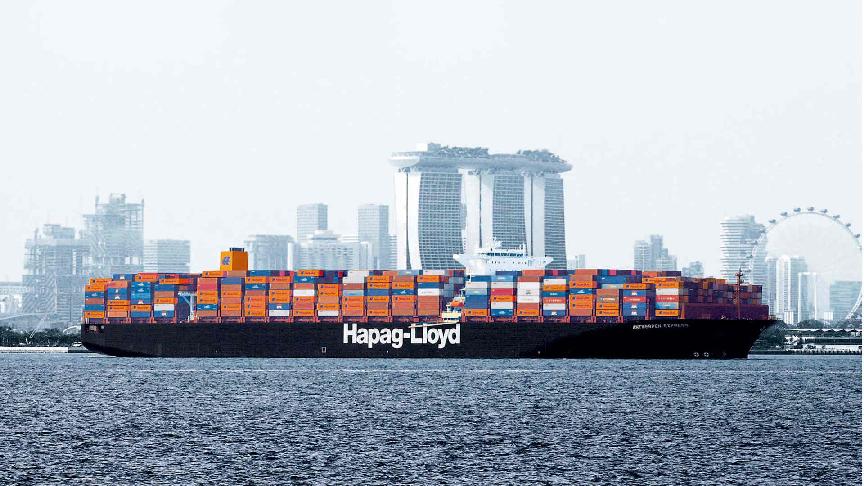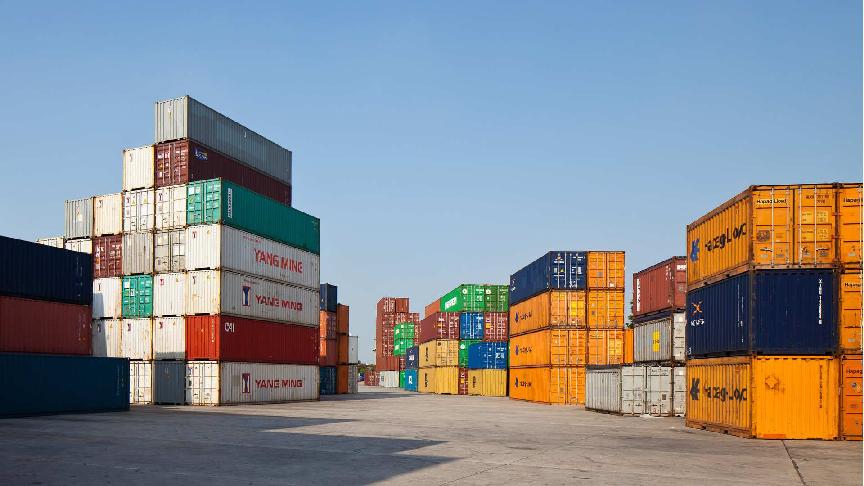4 December 2023 (Lloyd's List) - THE container line buying spree that has been ongoing since the end of 2020 has left carriers with a higher than usual number of owned ships compared to chartered tonnage.
Faced with a shortage of tonnage to meet demand, and with surging charter rates, carriers flush with cash from the boom in freight rates went on a buying spree during this period.
That has affected the balance between the number of ships they own and the number they charter from tonnage providers. Analysis of the leading fleet operators by Sea-Intelligence shows that all but two of the top 15 carriers reduced their ratio in the period from 2019 to 2023.
And it is not just the leading carriers that have bought more of their own tonnage. Smaller operators including HMM, Wan Hai, PIL, SITC and X-Press Feeders all saw a change of 25 percentage points or more in the ratio of owned to chartered capacity.
“This means that these carriers are now in a position where a substantially larger portion of their operation is handled by vessels they own, rather than vessels which they have on charter,” said Sea-Intelligence chief executive Alan Murphy.
Mediterranean Shipping Co, with the largest fleet, saw a change of slightly less than 20 percentage points, but given its 5.5m teu fleet, this was still a significant number.
The only carriers to reverse this trend were Hapag-Lloyd and Zim, which has long maintained an “asset-light” strategy. But even here the change was small enough to be considered
a status quo rather than a change in direction.
But with a flood of newbuildings bringing overcapacity to the market, this increase of owned capacity has removed some of the flexibility that chartering brings to a fleet’s composition.
“As the market is now in the midst of a progressing cyclical downturn, it is important for the carriers to be flexible in their operational setup and use this to reduce their operated capacity when necessary,” Murphy said.
A high charter ratio in itself did not fully show how flexible a carrier was in terms of reducing the operated fleet, as part of the vessels might be on long-term charter, he added.
“However, all else equal, a reduction in charter ratio in itself does make a carrier less flexible in terms of capacity adjustments.”
MSC, for example, had reduced its chartered capacity from 70% in 2019 to just over 50% now, leaving it with 1m teu more of owned tonnage than it would have had if it had
maintained its previous ratio.
“This means that they have, from this perspective, shifted 1m teu from charter to own, and as a result reduced their ability to reduce charter tonnage by 1m teu,” Murphy said.
Across the board, carriers now owned 2.8m teu more capacity than they would have had they maintained their ratios.
“This does result in a reduced ability to manage capacity by redelivering tonnage to charter owners, compared to the pre-pandemic situation,” Murphy said.
“Of course, carriers can also reduce capacity by either selling, scrapping or laying up tonnage, and are highly likely to do all three in the time ahead. But these are all actions that have a larger impact on the individual carrier than a simple redelivery of charter tonnage, and hence also a decision which is longer in the making.”







